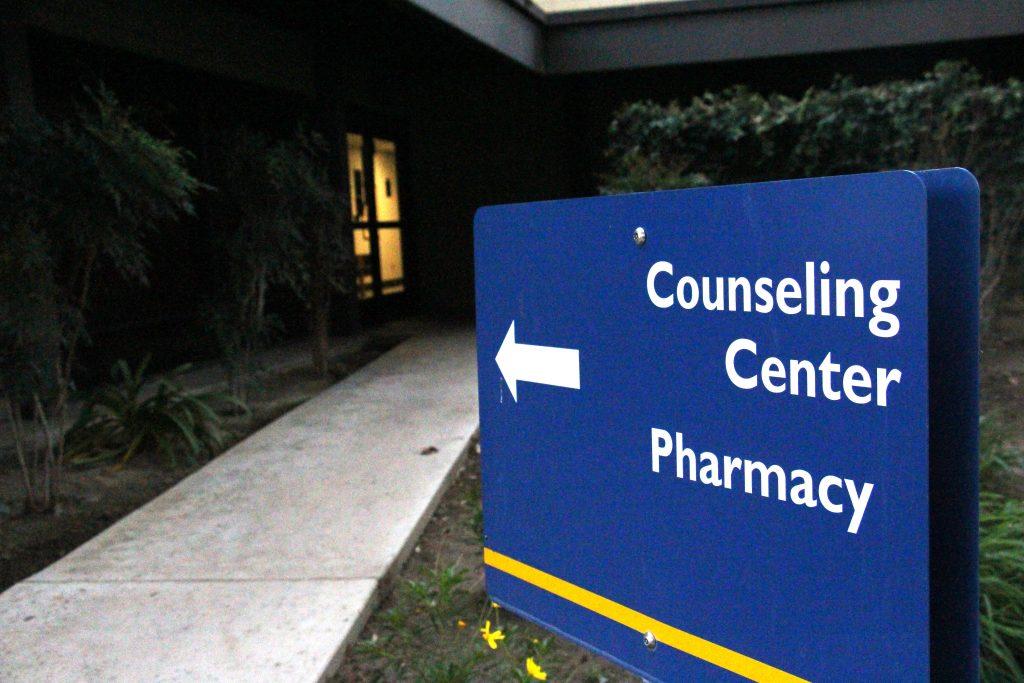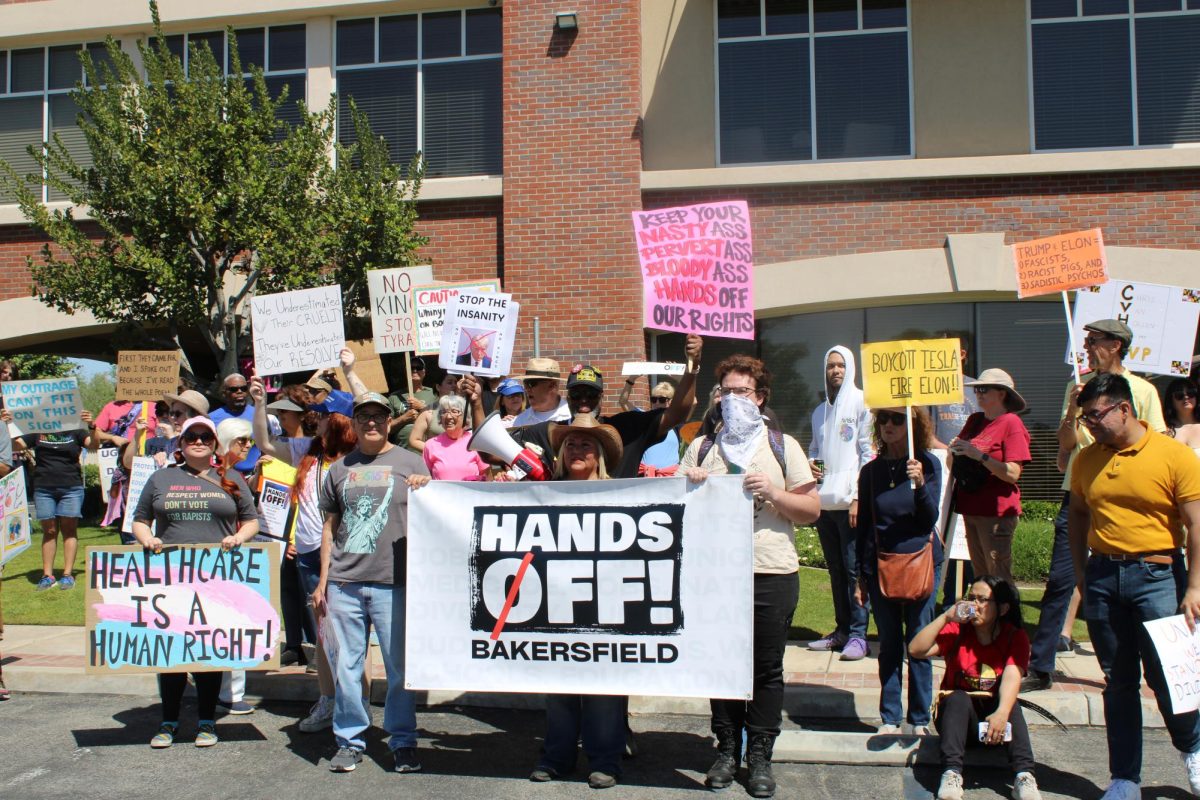Reporter
For many students, higher education offers a multitude of learning experiences and opportunities.
However, students’ educational journeys aren’t always flawless but present different mixtures of challenges that can potentially contribute to stressors. Stress can affect our lives and make it difficult for students to cope inside and outside of school.
Recently, I attended “What’s in your Toolbox”, a 3-session workshop facilitated by Ruth Miles, a counselor and lecturer at CSU Bakersfield.
The workshop is intended to guide students and provide them with skills on how to deal with stress and anxiety more effectively.
The first session of the workshop covers important information and knowledge on how anxiety functions in our lives, and how it affects us physically, emotionally, cognitively and behaviorally.
The second session helps identify and filter automatic thoughts in anxiety-triggering situations, and the final session of the workshop brings all of the learned tools together to help reframe our thoughts in positive ways and combat stress and anxiety.
According to Miles, students confront pressure at home, school and work. The purpose of these workshops is to reach out to more students and provide them with tools to manage their stress and anxiety.
According to the 2015 annual report from the Center for Collegiate Mental Health (CCMH), which collected data on 139 college and university counseling centers and 100,736 college students seeking mental health treatment, the most common concerns of counseling center clients were anxiety, stress and depression.
Miles said that the possible risks of unmanaged stress and anxiety vary depending on the degree of their severity.
Some of the short-term physical risks include symptoms like nausea, vomiting, sleep deprivation or oversleeping, and the possible development of eating disorders.
Long-term physical risks include heart disease and heart attacks. Unmanaged anxiety can also impact a person socially, and a student may drop out of school or take leaves of absence at work. Emotionally, anxiety could lead to other issues like depression.
Not all anxiety is the same, which is why one of the primary tools the workshop provides in its student workbook is how to understand everyday anxiety or stress and distinguish it from other anxiety disorders.
Some of the most common anxiety disorders include generalized anxiety disorder, social anxiety disorder, panic disorder, obsessive-compulsive disorder and phobias.
One of the exercises in the workshop that helps students identify their anxiety is cross-sectional formulation.
In this exercise, students pick a specific situation that makes them feel anxious. At the same time, they recognize their physical and emotional state of being.
The goal is to shift how this process unfolds, because if a person can first identify why that situation triggers anxiety, then he can utilize the coping skills to manage his reaction.
CCMH also identified that about 50 percent of the 100,736 college students in treatment attended counseling for mental health concerns, not taking into account the number of students who were not in treatment.
“Students very often feel like their problems aren’t serious enough to seek help,” said Dr. Michael Harville, a counselor at CSUB.
Unfortunately, students’ misconceptions about counseling often become barriers preventing them from obtaining the necessary guidance and help.
Other misconceptions that keep students from seeking mental health treatment, according to Dr. Harville, include the fear of judgment, embarrassment, social stigma, self-stigma, difficulty discussing issues or the belief that seeking mental health treatment is non beneficial.
According to Miles, there’s so much to benefit from counseling. Students can learn how to communicate as an individual or as a couple, deal with family problems and social problems, or learn how to manage stress and anxiety.
“There’s all kinds of everyday reasons why people come to counseling and are completely appropriate, and it doesn’t have
to be severe,” said Miles.
People often think of counseling as a treatment to a traumatic event or a mental health condition, and don’t realize how essential it can become for any individual.
Dr. Harville emphasized how accessible and welcoming the student counseling center can be with a friendly appointment staff trained and ready to make everything comfortable for students.
“There’s nothing scary about coming to the counseling center. This is probably about the easiest group of people to talk to. You just have to be brave enough to make the call and come in, and after that you’re probably not going to have any more concerns. This is something that we’re really good at, and even if it isn’t something you’re good at, we can help you with it,” said Dr. Harville.
Some students don’t know how mental health treatment can benefit their lives, or often have a low level of information about what services and resources the counseling center provides.
The Counseling Center at CSUB provides a variety of informational pamphlets on extensive health topics. Their website also offers an online mental health screening tool, as well as other mental health tools and linkage to informational resources.
It also provides individual therapy to help students manage their lives inside and outside of school in a healthy manner, group therapy, workshops and couples’ counseling.
The Counseling Center is located in the Student Health Center Building on the north side of parking Lot E, just west of the Icardo Athletic Center, and across the lawn from Science III.
The Counseling Center is open Monday through Friday 8:00 a.m. to 5:00 p.m. during the fall, winter and spring semesters, and is closed during winter, spring and summer breaks. The Counseling Center can be contacted by calling (661) 654-3366. Students can also speak with a crisis counselor by calling the Counseling Center phone number and dialing 2 during the times the counseling center is closed.







